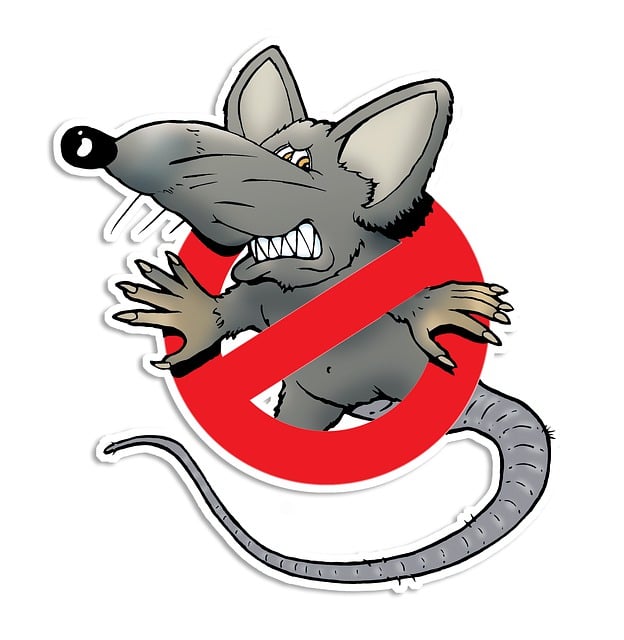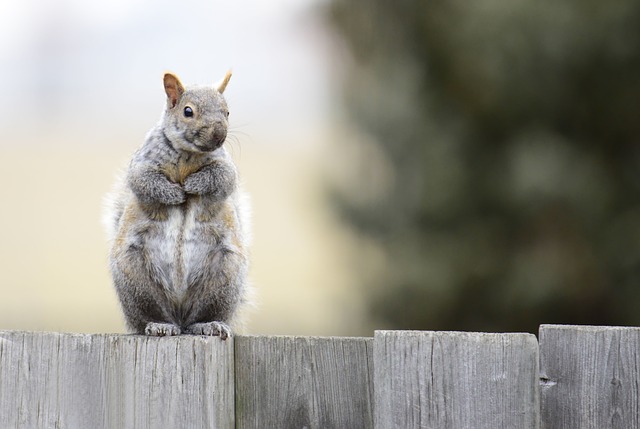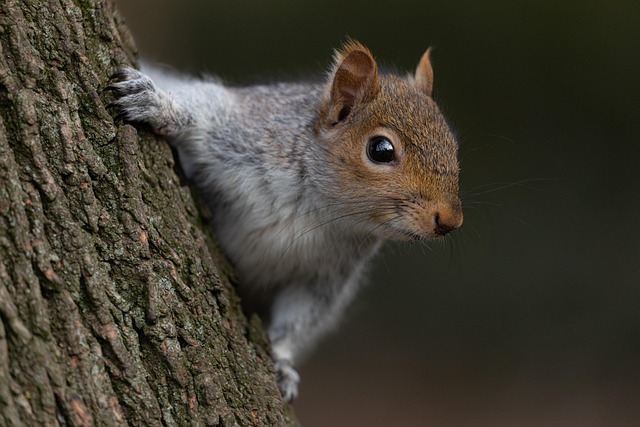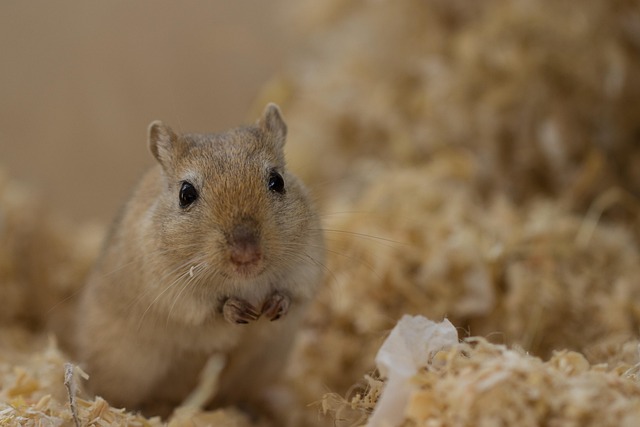Rodent infestations pose a significant challenge for homeowners and businesses, with rats and mice requiring distinct control methods due to their unique behaviors and habitats. Effective rodent control involves identifying signs like holes, droppings, and noises, sealing entry points, maintaining cleanliness, deploying traps or natural repellents, and seeking professional help for severe cases. Non-toxic methods, such as humane traps, natural oils, and mechanical repellers, are safer and environmentally friendly. Regular inspections, year-round prevention, and proactive measures are key to maintaining a rodent-free environment, dispelling myths about toxic chemicals and seasonal problems.
Rodents like rats and mice can quickly turn into a household nuisance, causing damage and spreading diseases. Understanding their behaviors and identifying signs of infestation is the first step towards effective rodent control. This comprehensive guide covers everything from recognizing entry points and prevention strategies to non-toxic methods and professional services. Learn how to maintain a rodent-free environment while dispelling common misconceptions about these pesky intruders.
Understanding Rodent Infestations: Types of Rodents and Their Behaviors

Rodent infestations can be a significant concern for homeowners and businesses alike, as rodents like rats and mice are adept at infiltrating structures in search of food, water, and shelter. Understanding these tiny invaders is the first step in effective rodent control. Both rats and mice belong to the same family, Rodentia, but they exhibit distinct behaviors and characteristics.
Rats, typically larger than mice, are known for their aggressive exploration and ability to navigate through narrow spaces. They tend to live in complex nest systems and can cause extensive damage to property due to their gnawing habits. Mice, on the other hand, are smaller, more elusive, and prefer enclosed spaces. They breed rapidly and often leave behind visible droppings and urine, which serve as clear indicators of an infestation. Knowing these differences is crucial for implementing targeted rodent control measures tailored to each species’ behavior and habitat.
Identifying Signs of Rodent Activity in Your Home or Business

Identifying signs of rodent activity is the first step in effective rodent control. Look for evidence such as small holes or chewed areas in walls, floors, or furniture, especially around pipes and electrical wiring. You may also notice droppings (small, dark pellets), gnawed food packaging, or a strong, musty odour. If you see any of these signs, it’s important to act quickly, as rodents can cause significant damage to property and pose health risks by carrying diseases.
Keep an eye out for tracks left behind by rodents, and be mindful of unusual noises coming from walls or floors. Rodents are typically most active at night, so heightened activity during these hours could indicate a problem. Regular inspections, especially in areas with food storage or garbage, can help you catch rodent infestations early, making them easier to control.
Common Entry Points: Where Do Rodents Gain Access?

Rodents like rats and mice can infiltrate homes and buildings through various entry points, often seeking food, water, or shelter. Common access points include gaps around pipes, wires, doors, and windows. These tiny creatures can squeeze through remarkably small openings, as narrow as 1/4 inch (6 mm), making it crucial for homeowners and business owners alike to inspect their properties for potential entryways.
Sealing these entry points is a vital step in effective rodent control. Caulk or foam can be used to close gaps around pipes and wires, while weatherstripping can help prevent entry through doors and windows. Additionally, ensuring that all exterior doors fit tightly and have working sweeps can significantly reduce the risk of rodent intrusion.
Effective Prevention Strategies to Keep Rodents Out

To effectively prevent rodents like rats and mice from invading your space, consider implementing a multi-layered strategy that includes sealing entry points, maintaining cleanliness, and using repellents. Start by conducting a thorough inspection of your home or property to identify any gaps, cracks, or holes that could serve as access points for rodents. Seal these openings with materials like steel wool, caulk, or foam to create a physical barrier. Regular cleaning and sanitation are also crucial; eliminate sources of food and water, dispose of garbage promptly, and keep floors, countertops, and storage areas tidy.
Additionally, deploy traps and use repellents as a last resort. Choose appropriate traps designed for rodents, placing them in strategic locations based on previous sightings. For natural repellents, consider ingredients like peppermint oil, cinnamon, or capsaicin, which can deter rodents due to their strong scents. However, always exercise caution when using any chemicals or substances to ensure they are safe for pets and humans.
Non-Toxic Methods for Rodent Control

Rodent control can be achieved without resorting to toxic chemicals. Non-toxic methods offer a safer, more environmentally friendly approach for both homeowners and businesses. One effective strategy involves using natural repellents. Scents like peppermint, cinnamon, and cayenne pepper are known to deter rodents due to their strong aromas. Placing these around entry points can help keep rats and mice at bay.
Another popular non-toxic method is the use of trap systems that capture rather than kill. Live traps are humane alternatives, allowing captured rodents to be released far from your property. Additionally, mechanical or electric pulse repellers emit harmless shocks that startle rodents, encouraging them to find a new habitat. Combining these techniques can create an integrated pest management system for effective rodent control without the use of harmful substances.
Professional Pest Control Services: When to Call Experts

When dealing with persistent rodent problems, such as a severe infestation of rats or mice, it’s often best to call in professional pest control services. These experts are equipped with advanced knowledge and tools tailored for effective rodent control. They employ strategies that go beyond simple traps and poisons, focusing on prevention and eradication through integrated pest management (IPM) techniques.
Professional services offer several advantages. They can identify entry points and areas of weakness in your home or property to implement long-lasting solutions. These professionals also handle hazardous materials safely and responsibly, reducing potential risks to your health and the environment. Moreover, they provide customized plans based on the unique circumstances of each case, ensuring more precise and efficient rodent control.
Post-Treatment Care and Maintenance Tips for a Rodent-Free Environment

After successfully implementing a rodent control strategy, maintaining a rodent-free environment is key. Regular inspections are essential to prevent any reintroduction of rodents. Look for signs such as gnaw marks, droppings, or odd smells, and address any potential entry points immediately. Keeping your space clean and clutter-free significantly reduces the risk of an infestation.
Implementing ongoing measures like sealing gaps around pipes and wiring, ensuring proper garbage disposal, and maintaining a tidy home will deter rodents from returning. Additionally, using traps or repellents as part of a post-treatment maintenance plan can help monitor and control any lingering rodent activity effectively. Effective rodent control is about long-term prevention, so staying vigilant and proactive is essential to keeping your space free from these pests.
Common Misconceptions About Rodent Control and Their Solutions

Many homeowners hold misconceptions about rodent control, often due to misinformation or fear. One common belief is that using toxic chemicals is the only effective method, but this isn’t true. Rodent control can be achieved through a combination of non-toxic, humane traps and deterrents like setting up physical barriers, maintaining cleanliness, and using natural repellents. These methods not only ensure the safety of your family and pets but also help protect local wildlife.
Another misconception is that rodent problems are solely seasonal. In reality, rodents can thrive year-round, especially in areas with mild winters. Consistent prevention strategies, including regular inspections and maintenance, are key to avoiding infestations. Remember, proactive measures like sealing entry points and keeping your property clean make your home less appealing to rodents, providing long-term rodent control.
